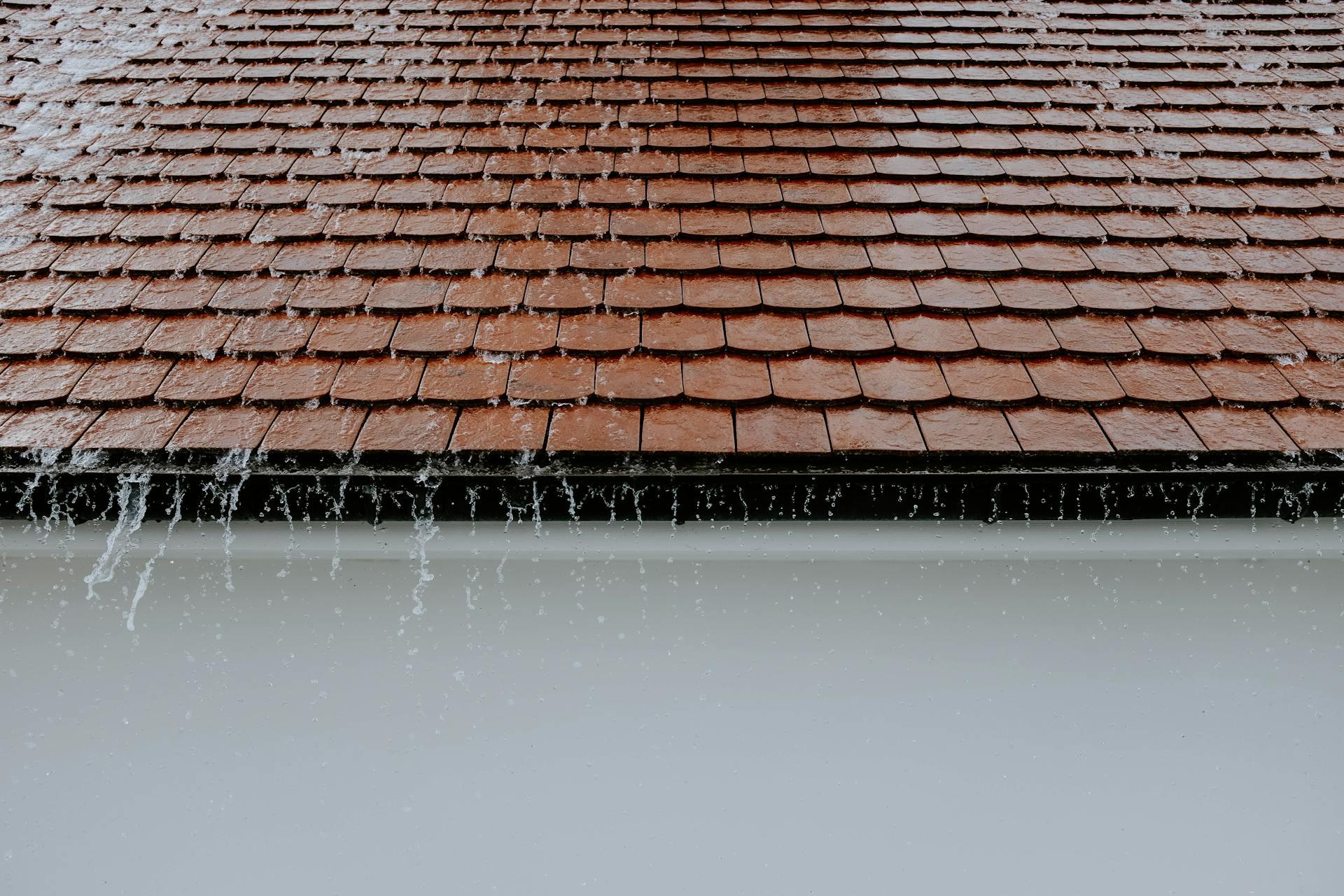You install gutter protection to reduce maintenance.
Fewer blockages. Less debris. Less time up a ladder. Sounds good, right? But many find the same headaches come back quickly, and sometimes worse than before..
The reality is, some systems don’t hold up over the long haul. Some aren’t suited to your home’s roof and gutter design, or your particular tree debris. Others were installed badly or rely on outdated technology.
Here’s how to spot the signs your current gutter cover is falling short, and what to watch for before it leads to larger, costlier repairs.
1. Gutters Overflowing When It Rains
Notice water gushing over the sides whenever it rains?
That’s a big indicator that something isn’t working.
It often means there’s a jam/clog, or that your protection system isn’t letting water enter fast enough to drain away properly.
It might be caused by blocked sections, flawed construction, or simply a system that’s not built for strong downpours.
This shows up frequently in places where intense rainfall puts low-grade setups to the test. A reliable leaf guard in Kansas City becomes critical in managing that kind of weather pattern.
2. Piles of Debris Resting on the Guard
If your cover is acting more like a shelf than a barrier, then there’s a problem. You shouldn’t see clumps of leaves, needles, or other debris stacked on top of the guard. That stuff should wash off or be deflected.
Debris building up on the surface slows water entry and increases the chance of overflow.
Foam or screen-style protectors are especially vulnerable in wooded areas. When the openings get blocked, water backs up, and that’s where trouble begins.
3. Discoloration or Damp Marks on Exterior or Base
If your paint is peeling, siding looks stained, or you’re noticing greenish mould, that could be a sign of a moisture issue somewhere. That water could be flooding over the gutter and soaking parts of your home; it shouldn’t touch.
Check around the foundation too. If the soil remains soggy after storms or cracks start appearing near ground level, your water redirection isn’t functioning correctly.
Ignoring this invites long-term harm, including wood decay and basement flooding.
4. Drooping or Disconnected Gutter Runs
Are your gutters no longer sitting straight? If sections are hanging, sagging, or pulling away, that’s usually caused by too much pressure or weight.
It could be backed-up gunk or ice weighing things down. Or the guard itself may be heavy enough to stress the brackets.
Low-quality fittings and incorrect installation can also lead to sections separating from the roofline, allowing water to spill where it shouldn’t.
5. Rotten Wood Behind or Beneath the Gutters
When runoff builds up and spills backward, it can saturate the fascia or soffit boards. Eventually, that wood begins to soften, split, and rot.
Left unattended, this water damage can require Kansas City wood rot repair, a service that becomes unavoidable once the decay sets in behind the gutter.
Once this happens, you’re not just fixing trim; you’re also dealing with potential roofline and framing repairs.
6. Bugs and Animals Around the Roofline
Trapped moisture and damp materials attract all kinds of pests.
Mosquitoes thrive in standing water. Ants and cockroaches settle in damp crevices. Birds and squirrels may even build homes inside blocked sections.
If your system is drawing in insects or small animals, it’s a sign it’s holding more than just runoff- it’s becoming a shelter, and once these guests show up, it’s hard to keep them out.
7. Cleaning More Than You Expected

Still grabbing the ladder every few months? That’s not what you signed up for.
A proper gutter guard setup should cut your cleaning schedule down dramatically. If you’re still pulling out wet mess by hand or rinsing out blockages, the protection isn’t performing.
Homeowners nearby often switch to Overland Park gutter covers that are made for this kind of climate and debris volume. If you’re still cleaning like before, the solution isn’t much of one.
8. Ice Build-up in Colder Months
When winter hits, frozen gutters can contribute to another type of failure.
If snow melts and then refreezes along the roof edge, it can create ice dams. These stop proper flow, damage shingles, and lead to leaks inside the house.
In areas like Kansas City, where temperatures can swing wildly in winter, water must be able to leave the system quickly, before it solidifies.
If your guards don’t contribute to water and debris staying away from the roof, then they could be doing more harm than good.
Final Thoughts
Gutter guards are meant to protect your property.
If yours are causing overflow, pest issues, or ongoing cleaning, it may be time for a reassessment.
Whether it’s water damage, poor flow, or regular clogging, leaf guard Kansas City specialists can review your current solution and suggest a setup that delivers long-term results, saving you time, stress, and future repair costs.
Don’t wait for minor issues to become expensive headaches. A quick inspection now can prevent serious damage later and give you peace of mind every time it rains or snows.

